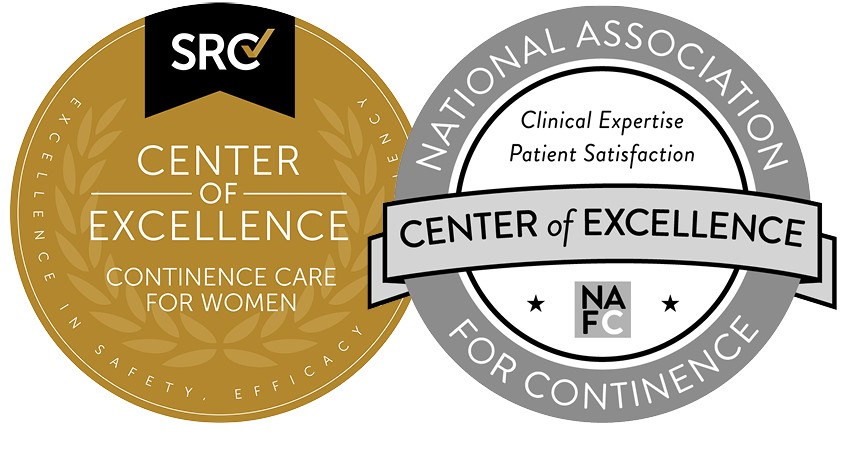Policy Update: CMS’s Transforming Episode Accountability Model (TEAM) Medicare Funding ProposalOn April 10 2024, the Centers for Medicare & Medicaid Services (CMS) introduced the Transforming Episode Accountability Model (TEAM), a mandatory bundled payment model aimed at evaluating the efficacy of episode-based payments for select surgical procedures within the Medicare system. This policy brief provides insights into the proposed TEAM model and its potential implications for healthcare providers and beneficiaries. TEAM seeks to address the challenges of fragmented care experienced by Traditional Medicare beneficiaries undergoing surgical procedures, which often result in complications, avoidable hospitalizations, and increased costs. By transitioning to a bundled payment approach, TEAM aims to incentivize hospitals to coordinate care effectively across the continuum, ultimately improving both cost and quality outcomes. One point to note is that as part of the model, participants would maintain billing through Medicare Fee for Service (FFS) throughout the model’s duration. Key Components of the TEAM Model TEAM encompasses several key components:
Key Features of TEAM:
If finalized, TEAM participation would become mandatory for all acute care hospitals paid under the Inpatient Prospective Payment System (IPPS) situated within certain randomly-selected core-based statistical areas (CBSAs), with exceptions such as hospitals in Maryland. Participating hospitals would bear the risk for specific episodes of care, including lower extremity joint replacement, surgical hip femur fracture treatment, spinal fusion, coronary artery bypass graft, and major bowel procedures. Financially, CMS would compensate hospitals with a target price that represents most Medicare Parts A and B spending during an episode, covering surgery, inpatient stay, post-acute care, and follow-up visits. Payments would be risk-adjusted and reconciled annually, with the model offering three participation tracks featuring varying levels of financial risk and quality performance adjustments. In terms of flexibility and initiatives, CMS proposes measures to support care coordination and improved transitions, including safe harbor protections for financial arrangements and beneficiary incentives. Additionally, proposed Medicare waiver flexibilities encompass waivers of certain telehealth requirements and the SNF 3-day rule. For providers, participation in TEAM offers an opportunity to enhance care coordination, improve quality outcomes, and potentially achieve financial rewards for efficient care delivery. However, it also poses operational and financial challenges related to assuming accountability for episode costs and meeting quality benchmarks. Conversely, for beneficiaries, TEAM offers the prospect of streamlined, coordinated care experiences, which could lead to improved health outcomes and reduced out-of-pocket expenses. Nonetheless, it is crucial to uphold care quality throughout the episode of care. Implications for Providers and Beneficiaries: For providers, participation in TEAM presents an opportunity to improve care coordination, enhance quality outcomes, and potentially realize financial rewards for efficient care delivery. However, it also entails operational and financial challenges associated with assuming accountability for episode costs and meeting quality benchmarks. For beneficiaries, TEAM holds the promise of more streamlined, coordinated care experiences, potentially leading to improved health outcomes and reduced out-of-pocket expenses. However, it is essential to ensure that care quality remains paramount throughout the episode of care. As representatives of independent urologists and integrated urology practices, LUGPA recognizes the potential benefits of value-based care models like TEAM in driving innovation, improving care delivery, and controlling costs within the Medicare system. However, we emphasize the importance of:
The TEAM Medicare Funding model represents a significant step towards aligning financial incentives with care quality and efficiency in the Medicare system. While challenges and uncertainties remain, LUGPA is committed to engaging constructively with CMS and other stakeholders to support the new payment models and improve care outcomes for Medicare beneficiaries.
|




